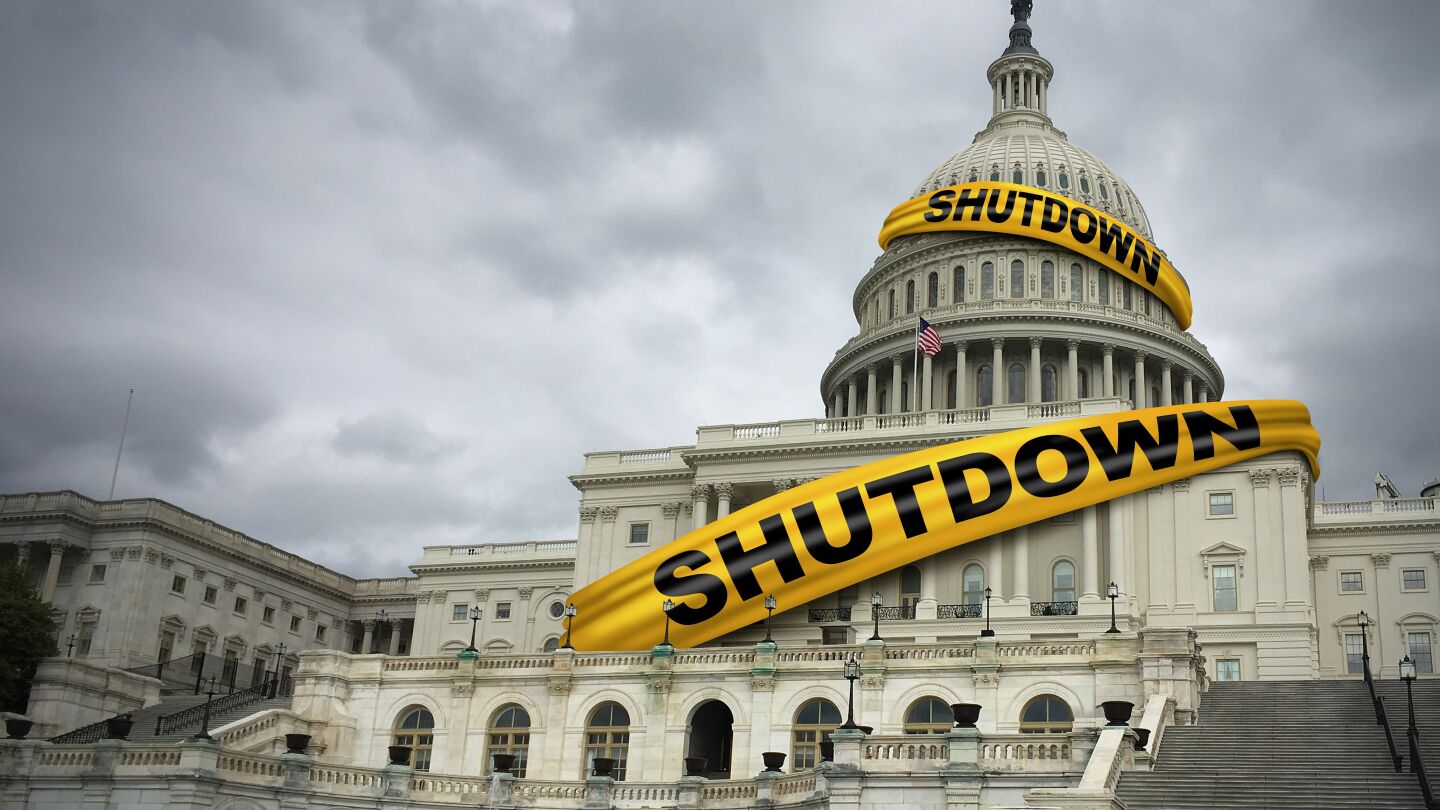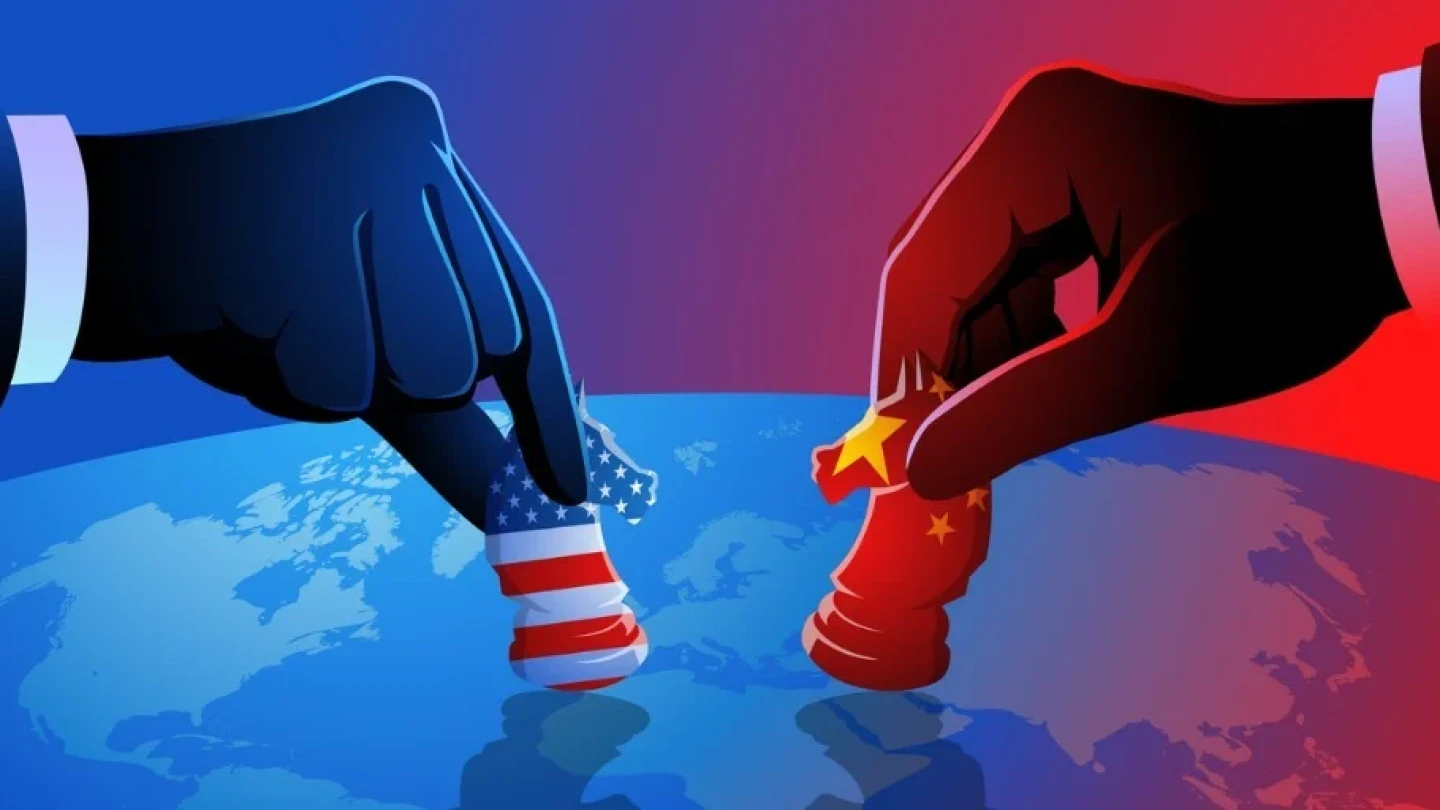BioPharm Executive
Ensho Therapeutics CEO Neena Bitritto-Garg, recently named to BioSpace’s 40 Under 40, proved her mettle managing one of the toughest partnerships out there: the one between Eisai and Biogen that led to new Alzheimer’s drugs Aduhelm and Leqembi.
While the FDA continues to put out guidance documents and approve drugs, some companies are already reporting delays in dealings with the agency, while insiders warn of falling morale and a negative perception from the rest of the biopharma world.
Mergers and acquisitions are not just for Big Pharma. A new report from Leerink Partners takes a stab at identifying the small- to mid-cap pharmas best prepared to bolster their pipelines with a buyout.
The coming flu season is the clearest indication yet that biopharma’s long-standing assumptions about predictability, prevention and portfolio structure are no longer guaranteed.
In this deep dive, BioSpace investigates China’s rise as a biotech powerhouse.
M&A is back, the S&P XBI is rising again, a biotech pulled off an IPO and positive data is pulling in investors again. This may just be the industry’s new normal.
AI is changing the nature of leadership in biopharma. Here’s how executives can not only adapt, but lead the way.
The company cut back in areas while investing in internal and external opportunities to offset the loss of exclusivity on a product that until recently accounted for 20% of innovative medicine sales.
Sheila Gujrathi, former CEO of Gossamer Bio, has written a new book that aims to offer the type of leadership manual she never had in her early career.
The startup, launched out of CEO Kevin Parker’s grad school idyll during the COVID lockdowns, is primed to find new targets where Big Pharmas won’t dare.










